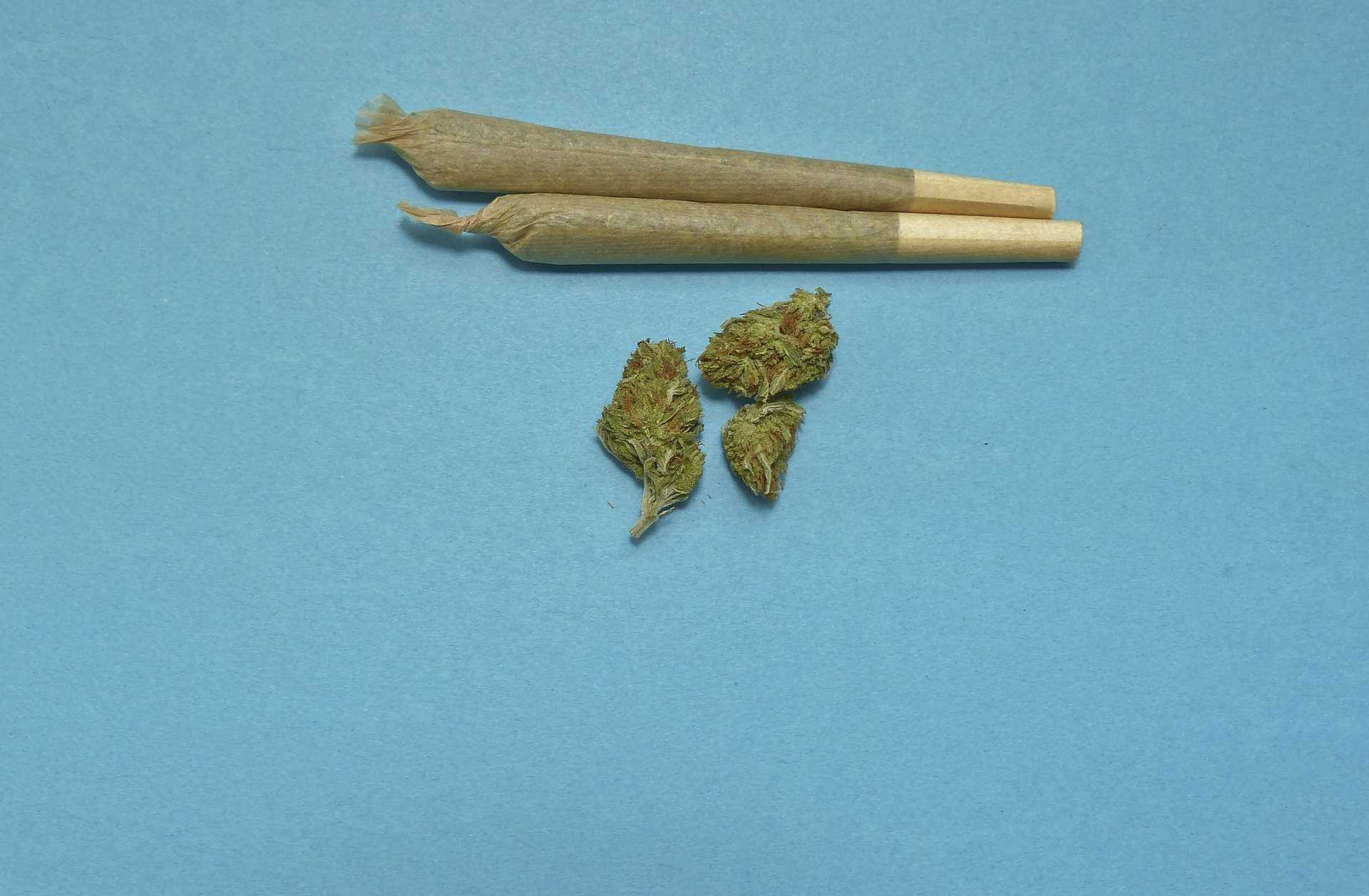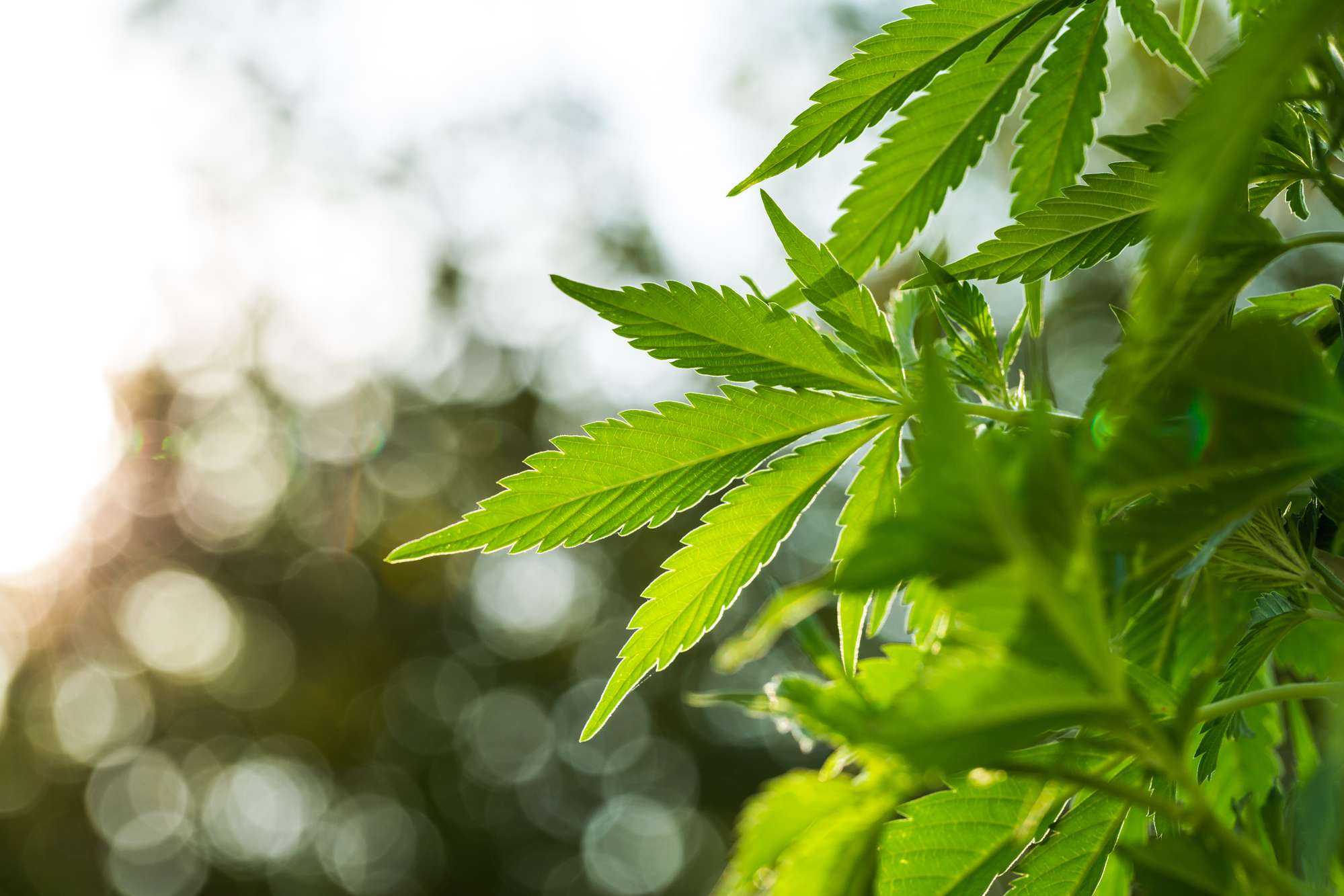BY SEAN SEURATTAN
Is there really a difference between the many kinds of rolling papers for cannabis? You bet your sweet sheets there are! While there are a myriad of brands and styles to choose from, we’ll try to rank the most common ones you’ll see without visiting a speciality store. Working our way towards the best papers (in this humble journalist’s opinion), we will contrast their pros and cons to help you make the surprisingly important decision of what to use for best results when lighting up.
Using rolling papers to inhale cannabis is only predated by the use of a pipe or chalice device. Its history is lengthy and its track record as a consistently viable method of consumption is unshakable. Perhaps it is the most ubiquitous because of the ease and accessibility it provides to consumers. Not to trivialize the art of rolling, but it can be done by almost any person at any time. Of course as one becomes more skilled and familiar with rolling, higher standards may begin to apply for the choice of medium for their creations. That being said, there are rolling papers for the most basic user to the most accomplished and everything on the spectrum between.
To begin, we will visit the brand I began my own journey with many moons ago.
ZigZag
Like the Ghost of Spliffs Past, that old familiar bearded pirate on its cover could tell hundreds of tales about cannabis adventures and misadventures. This brand is the bare minimum of acceptability for any self-respecting smoker.
ZigZag papers are excellent for novice users because the paper stock is durable and the glue strip is strong making it hard to tear or come undone while consuming. At the same time the strengths of this brand to novices are also its weaknesses for connoisseurs. The papers are durable because they’re thicker than most, adding unwanted flavour and smoke to your cannabis. The glue is stronger because it uses animal by-products instead of vegetable ones, which is intolerable to some. ZigZag has come out with several different styles to address the shortcomings of its original style as well as the desires of its customers.
Rizla
Perhaps the oldest amongst its peers, dating all the way back to France 1796. Its name comes from the rice paper used to make it and the family name licensed by Napoleon himself to manufacture them for his troops.
Riz, is the French word for rice and la which is an abbreviation for Lacroix.
This brand holds claim to be the ones who revolutionized the field when they began putting a glue strip on the edge of their papers. Rizla papers are delicate and burn quickly but provide much less paper taste and much more cannabis taste when in use. You can find these papers in most stores but not all, so sometimes availability can be an issue. This brand also comes in a variety of styles and cuts to suit your needs. Most recently, Rizla introduced its first sustainable, biodegradable and completely chemical free papers made from bamboo in 2019.
Finally, we come to the pinnacle of commonplace rolling papers.
Raw
Relatively new to the field, Raw has made a huge impact by becoming a lifestyle brand you want to use rather than the rolling paper brand you have to use.
Recently the brand has come under fire for questions about its practices, but has risen above false claims and continues to be the gold standard for rolling papers. Pull out a pack of these and no one will refuse them. Most uniquely these brown coloured papers are unbleached and use vegan glue, immediately eliminating a huge amount of chemicals from their processing treatment. They also are created with a special crosshatch pattern stamped into the paper itself, which helps them burn more slowly than other papers.
While these papers can be slightly harder to use due to less processing, they are further distinguishing themselves by being built for cannabis consumers as opposed to tobacco users. Their popularity has allowed them to grow beyond just rolling papers to carrying many other cannabis accessories like pre roll cones, grinders and rolling trays.
Undoubtedly, if Raw papers are an option, they should be your top choice.


 Community News2 weeks ago
Community News2 weeks ago
 Community News1 week ago
Community News1 week ago
 Community News2 weeks ago
Community News2 weeks ago
 Community News1 week ago
Community News1 week ago
 Community News1 week ago
Community News1 week ago
 Community News2 weeks ago
Community News2 weeks ago
 Community News1 week ago
Community News1 week ago
 Community News2 weeks ago
Community News2 weeks ago































